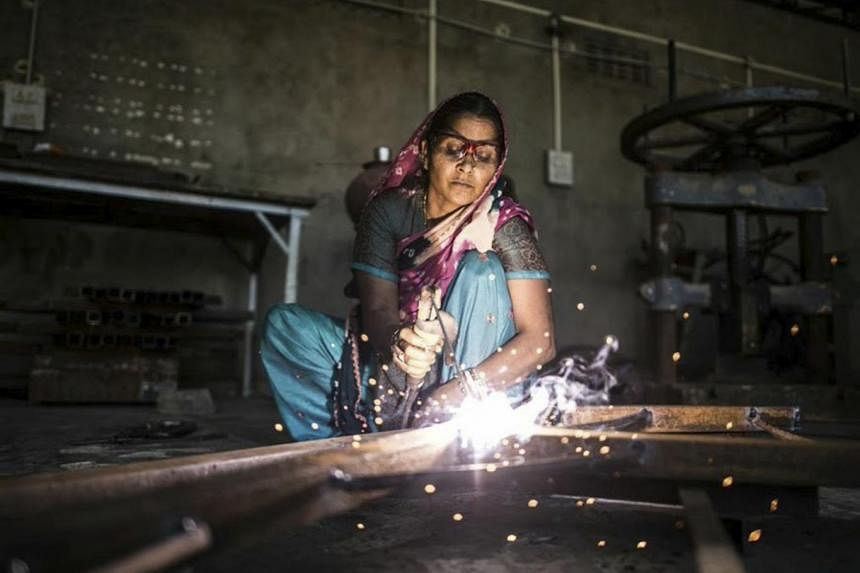This story was first published on June 20, 2015
AN UNPAVED, dusty road lined with bushes and shrubs leads to a sprawling campus and a large classroom filled with solar panels and equipment.
Here, Ms Geeta Devi, a 45yearold woman in a red sequinned sari and with a silver nose ring, was explaining a com-plicatedlooking circuit to a group of awestruck women standing around a worktable piled high with circuits and lanterns.
Ms Devi is a solar engineer. Or, to be precise, a "barefoot" solar engineer.
She is one of hundreds of women in their late 30s and 40s - most of them grandmothers - from some of the most remote corners of India, trained by the Barefoot College to build solar panels and provide their offgrid villages with power.
Apart from lighting up villages, the programme has also become an important tool for empowering rural women, many of whom are illiterate.
Barefoot College was founded in the early 1970s by social activist Sanjit "Bunker" Roy, and it has been teaching solar electrification since 1989.
It works out of Tilonia, a small village in the desert state of Rajasthan, about 100km from the state capital of Jaipur.
Starting with local women and panning out to the rest of India, today, the Barefoot imprint reaches 64 other countries.
It has an offsite campus in Sierra Leone, a brand-new one in Zanzibar, and more planned in South Sudan, Tanzania, Burkina Faso, Senegal, Liberia and Guatemala.
Most of the teaching still takes place in Tilonia.
Every year, the college trains 100 women from India and 80 from Asia, Africa and Latin America in two batches for six months each.
The Indian government recognised the course in 2008 and covers the students' training and travel costs. The Ministry of External Affairs pays around 150,000 rupees (S$3,100) as well as travel costs for each international grandmother. The Ministry of New and Renewable Energy pays about 70,000 rupees for each local trainee.
Funding from private individuals and foundations helps to pay for solar equipment and other costs.
Each grandmother learns how to make, assemble, maintain and repair solar panels. When time allows, they also learn to make sanitary napkins, mosquito nets and candles.
Ms Joselyn Mateo Diaz, a 41yearold grandmother from the Dominican Republic, travelled all the way to India this spring to learn how to solar power her village. "My only wish is to study with my grandchild at night."
To date, there are close to 750 Barefoot solar grandmothers around the world, and they have powered some 1,160 villages.
At the campus, Ms Devi gestured at the women around the table, some of whom were still looking dubiously at the various panels.
"They always ask me, will I be able to do this?" she said. "I tell them, I did it, you can too."
NILANJANA BHOWMICK/SPARKNEWS

